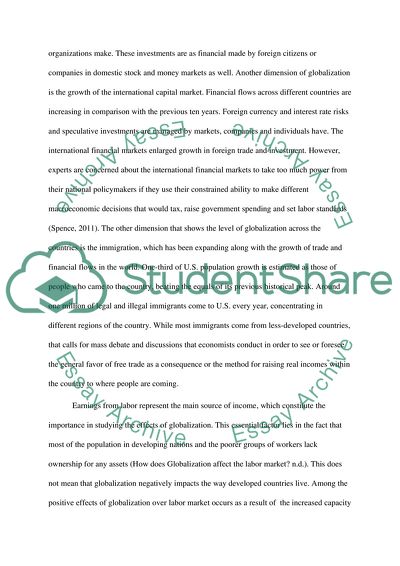Cite this document
(What are the advantages and disadvantages of opening labour markets on Essay - 2, n.d.)
What are the advantages and disadvantages of opening labour markets on Essay - 2. https://studentshare.org/human-resources/1856418-what-are-the-advantages-and-disadvantages-of-opening-labour-markets-on-a-global-scale
What are the advantages and disadvantages of opening labour markets on Essay - 2. https://studentshare.org/human-resources/1856418-what-are-the-advantages-and-disadvantages-of-opening-labour-markets-on-a-global-scale
(What Are the Advantages and Disadvantages of Opening Labour Markets on Essay - 2)
What Are the Advantages and Disadvantages of Opening Labour Markets on Essay - 2. https://studentshare.org/human-resources/1856418-what-are-the-advantages-and-disadvantages-of-opening-labour-markets-on-a-global-scale.
What Are the Advantages and Disadvantages of Opening Labour Markets on Essay - 2. https://studentshare.org/human-resources/1856418-what-are-the-advantages-and-disadvantages-of-opening-labour-markets-on-a-global-scale.
“What Are the Advantages and Disadvantages of Opening Labour Markets on Essay - 2”. https://studentshare.org/human-resources/1856418-what-are-the-advantages-and-disadvantages-of-opening-labour-markets-on-a-global-scale.


